BY LAUREN AIMONETTE LIANG Last year, right around this time, the Fall 2019 issue of JCL arrived in the mail. In the President’s Message I had written a bit about my excitement for the upcoming NCTE conference: It starts for me with the airplane travel. Coming from my area, it is rare to board a flight heading to a major conference and not encounter fellow teachers, librarians, and researchers embarking on the same adventure. We wave, ask about colleagues and friends, and buzz a bit with excitement. (I often think the other travelers must later wonder about these groups of individuals who are all grading papers and reading thick books, while simultaneously winning all the in-flight trivia and scrabble games.) Once we arrive at the NCTE city, conference-goers from all over are grabbing bags, looking for shuttles and taxis, and heading off to the area hotels. Immediately there is a shared sense of purpose and anticipation. Conversations break out in the hotel elevators about whether registration is open, and the time of the opening session. Hordes of badge-wearing, tote-bag laden attendees appear in long lines at the coffee stands and take over the sidewalks in their sensible walking shoes as they head off for the day. And then the conference! Hour after hour of thought-provoking sessions, with speakers addressing the important issues in our field, provoking new ideas, and sharing possible solutions. The vibrant displays of new books in the exhibit hall waiting to be shared by knowledgeable and enthusiastic publishers who offer sneak peeks that might be perfect for your classroom. And, best of all, that amazing shared sense of being present with each other—knowing that the people gathered here care just as deeply as you do about supporting children’s and teen’s literacy experiences and growth. The Children’s Literature Assembly events at NCTE are a highlight for many attendees. A history of consistent excellence makes our CLA Notables Session, CLA Master Class, and CLA Breakfast the starred events on many personal conference schedules...
Notable Children’s Books in the Language Arts AwardS
Join the members of the Notable Children’s Books in the Language Arts award committee in a live event on Sunday afternoon from 1:45- 3:00 pm ET. Throughout the fall this blog has featured posts from members of this committee. Join them live for more outstanding 2020 titles and suggestions for classroom use.
Annual CLA Breakfast
Bring your breakfast to listen to amazing author Jason Reynolds, this year’s CLA Breakfast keynote speaker! In a live session Sunday morning from 9:00 – 10:15 am ET, the 2020-21 National Ambassador for Young People’s Literature will talk about his writing and more.
Lauren Aimonette Liang is an associate professor at the University of Utah and the current president of CLA. BY JENNIFER SUMMERLIN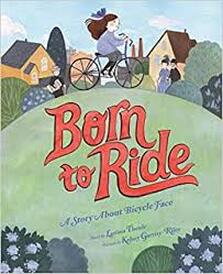 The Notable Children’s Books in the Language Arts Committee (NCBLA) read and reflected on over 400 of the newest books (published in 2019) for readers in grades K-8. Committee members considered the following qualities for choosing the final 30 titles to make the NCBLA Notables 2020 list:
I will start by providing a brief summary, followed by corresponding primary source images and instructional strategies for maximizing text and supporting visual literacy. Coupling quality historical fiction texts with visual primary sources like infographics, charts, graphs, photographs, illustrations, or political cartoons affords opportunities to critically explore and unpack images, while building background knowledge and making connections to the text (Lent, 2016; Harris, 2010). Summary This beautiful picture book features one strong-willed young girl, Louisa Belinda Bellflower, determined to learn to ride a bicycle. This story, set in Rochester, New York in 1896, tells of a brother and sister (Louisa and Joe) who, like other siblings, play and disagree. Although typical siblings, the difference is the topics of their disagreements, which tend to focus on the things boys can do that girls cannot. Louisa is discouraged from wearing anything other than a dress, limiting her ability to do cartwheels or learning to ride a bicycle (also off limits for girls). Louisa is determined to ride a bike, even if it means contracting “bicycle face,” a permanent result of scrunching your face and bulging your eyes while trying to balance the bike. Louisa Belinda Bellflower will not be stopped as she works to prove to her brother and boys everywhere that girls can and should ride a bicycle. Primary Visual Source The Library of Congress website features a variety of visual primary sources depicting women as a collective part of the late 19th century bicycle frenzy. The bicycle, commonly referred to as the wheel, was an instrumental vehicle of progress for the women’s movement and their fight for voting rights. Globally, women began riding bicycles, finding new freedom in their mobility. With this increased transportation came a greater public presence of women, allowing increased likelihood of their voices to be heard. Two primary visual sources are: The “new” woman and her bicycle by Frederick Burr Opper and Woman in a room with a bicycle saying to a man and child, “Sew on your own buttons, I’m going for a ride” photographer unknown. Primary Visual Source: The “new” woman and her bicycle
Primary Visual Source: Woman in a room with a bicycle saying to a man and child, “Sew on your own buttons, I’m going for a ride”Website: https://www.loc.gov/pictures/resource/cph.3a50886/ Title: Woman in a room with a bicycle saying to a man and child, “Sew on your own buttons, I’m going for a ride.” By: Unknown Date Created/Published: 1899, Stereo Copyrighted B. L. Singley Summary: This printed photograph was doubled and placed on cardboard to create a stereo card for a stereograph machine. A stereograph machine was used to make pictures look three dimensional, similar to an old-fashioned view-master. To learn more about the stereograph, view the video at the What is a Stereograph? webpage of Middlebury College's Museum of Art. The image on the photograph is of a woman standing in her home with her bicycle beside her. Looking closely, you see she is gesturing for a little boy to take a piece of fabric or clothing from her. Art critics suggest the picture seems staged because the bicycle being held by the woman is very large and does not have the lower crossbar that is typical of a woman’s bicycle. Notice that the woman’s attire in the picture does not support riding a bicycle. However, as more women began using bicycles for transportation, changes in clothing, such as bloomers, allowed them to ride comfortably. Prior to these changes in clothing styles, women were pictured seated sideways to accommodate their long dresses. Questions for Analysis:
Text Connection: Revisit Born to Ride: A Story About Bicycle Face with students. Before rereading, ask the students to pay close attention to what the women are doing throughout the book. After reading, discuss all of the things the women are doing from the beginning to the end of the text. Begin a conversation about why there might be concern and discouragement from others (men and women) when it comes to women riding bicycles. Ask the students what connections they can make between the photograph and the text. To wrap up the conversation, ask students about potential origins of the “Bicycle Face” affliction. Share the author’s note, “About Bicycle Face” and “From Bicycles to Votes.” To conclude the session, have students work in pairs to complete T-Charts, transcribing their learnings with specific, supporting evidences. References(ca. 1899) Woman in a room with a bicycle saying to a man and child, "Sew on your own buttons, I'm going for a ride"., ca. 1899. [Photograph] Retrieved from the Library of Congress, https://www.loc.gov/item/2006683468/. Harris, B.R. (2010). Blurring borders, visualizing connections: Aligning information and visual literacy learning outcomes. Reference Services Review, 38(4), 523-535. doi: 10.1108/00907321011090700 Lent, R. C. (2016). This is disciplinary literacy: Reading, writing, thinking and doing…Content Area by Content Area. Thousand Oaks, CA: Corwin SAGE Publications. Opper, F. B. (1895) The "new woman" and her bicycle - there will be several varieties of her / F. Opper. , 1895. N.Y.: Published by Keppler & Schwarzmann. [Photograph] Retrieved from the Library of Congress, https://www.loc.gov/item/2012648801/. Theule, L. (2019). Born to ride: A story about bicycle face. New York, NY: Abrams Books for Young Readers. Jennifer Summerlin is an Assistant Professor of Reading at the University of Alabama at Birmingham. Her research examines construction of knowledge among preservice teacher candidates, supporting literacy best practices within the P-12 classroom, and reading intervention. Jennifer is a member of the 2019 Notables Committee. She can be reached at jsummerl@uab.edu. MARK YOUR CALENDARS!
Ongoing EventsNCTE Member Gatherings
A series of member-exclusive online gatherings. Each event "fosters conversation, brings new ideas, and builds relationships with your fellow NCTE members during the isolating time of COVID-19."
Registration and information link. NCTE Learning on Demand Web Seminars
“Learn from leaders in our field from the comfort of your couch. On Demand Web seminar recordings include all audio, video, chat, and discussion from past live events.”
Information link. ALA Online Learning"ALA eLearning--webinars, courses, workshops, e-forums and more--covers library-related fundamentals, advances, trends, and hot topics for all types of libraries. Find the online options that can best keep you and your colleagues and staff current."
Registration and information link. ILA Digital Events
“ILA Digital Events range from high-quality professional development opportunities to engaging discussions on timely topics. These events also give you a chance to become active within the ILA community, provide access to high-quality online resources, and connect with like-minded educators at a time and place that's convenient for you.” Registration and information link. BY LAUREN AIMONETTE LIANG & XENIA HADJIOANNOU As the days of August are marching on and the beginning of the 2020-21 school year is approaching, it is becoming increasingly clear that this will be another challenging year for students and educators of all levels. SARS-CoV-2, the virus that causes COVID-19, is still looming large in our daily lives and our plans for working and learning with our students. In the absence of firm solutions for treatment and inoculation from the virus, and in the context of growing numbers of infections across the United States, schools are faced with complex and challenging decisions about how to pursue their mission in safe and academically robust ways. Our hope and intention here at the CLA Blog is to offer resources and support to educators as they plan for what is sure to be an extraordinary year of teaching and learning. We aspire to offer helpful ideas for sharing children’s literature with students through various instructional modes, as well as continue to maintain a focus on amplifying diverse voices, highlighting literary works representing diverse perspectives, and supporting an antiracist social justice agenda. We are grateful to various CLA groups and individual CLA members for volunteering to contribute posts to the CLA Blog over the coming weeks. New posts will be published every Tuesday. We are delighted to announce that in Fall 2020 the blog will feature:
Our thoughts are with you as you expertly handle the many new preparations, alongside frequent and often abrupt changes, to plans for this fall in your classrooms. We value the outstanding work that you do, and hope that you are able to stay safe during this challenging time. Lauren Aimonette Liang is an associate professor at the University of Utah and the current president of CLA. Xenia Hadjioannou is an associate professor at Penn State's Harrisburg campus and the webmaster of the CLA website. SUSAN POLOS
The Coretta Scott King Book Awards is an initiative under the Ethnic & Multicultural Information Exchange Round Table (EMIERT) of the American Library Association (ALA). CSK Immediate Past-President Dr. Claudette McLinn notes that the Discussion Guides have been created since 2000, and currently all Discussion Guides from 2009 to 2019 are available on the CSK website. Each Discussion Guide includes summaries, activities and discussion questions, as well as related CSK titles for that year’s CSK Author Award, CSK Author Honor Awards, CSK Illustrator Award, CSK Illustrator Honor Awards, and Steptoe Awards for New Talent (Author and Illustrator), as well as information about the year’s Virginia Hamilton Lifetime Achievement Award winner.
The CSK Discussion Guides are not the only educational resources available on the CSK website. There are also resources from publishers (Lee and Low) and a link to TeachingBooks.net, a curricular resource for teaching young people’s literature. TeachingBooks was founded by Nick Glass, who is also a member of the CSK Book Awards Executive Committee and Chair of the CSK Membership Committee. It’s worth noting that Glass is offering TeachingBooks’ “Book and Reading Engagement Kit: Home Edition” for free until September 15 for remote learning. TeachingBooks offers many resources for all CSK Award-winning titles, and these are included in the engagement kit. The resources include original material, interviews, audiobook excerpts, pronunciation guides, interviews and book trailers. The Coretta Scott King Book Awards website offers a wealth of online material for teaching even beyond the stated educational resources. Whether simply looking through the list of award winning books or reading about the history of the CSK Book Awards, there is so much to learn. And although the 2020 CSK Book Discussion Guide is not yet posted (as a jury member, I contributed to it and look forward to seeing it online), perhaps students might create their own guides to one of the winning titles, like New Kid by Jerry Craft (2020 CSK Author winner) or The Undefeated by Kwame Alexander, illustrated by Kadir Nelson (2020 CSK Illustrator winner) Editorial Note to CLA Members
In June 2019, the CLA Student Committee organized a Webinar featuring Jonda McNair titled 50 and Fabulous: The Coretta Scott King Book Award. The Webinar is part of CLA's library of Members-Only Content. |
Authors:
|
CLA
About CLA
|
Journal of Children's Literature
Write for JCL
|
ResourcesCLA-sponsored NCTE Position Statements
|
Members-Only Content
CLA Video Library
|
© COPYRIGHT 2018.
ALL RIGHTS RESERVED |

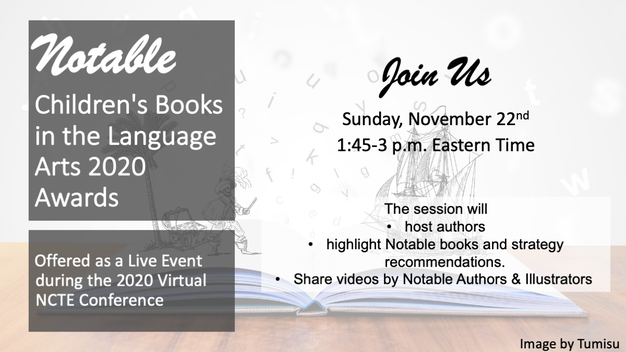
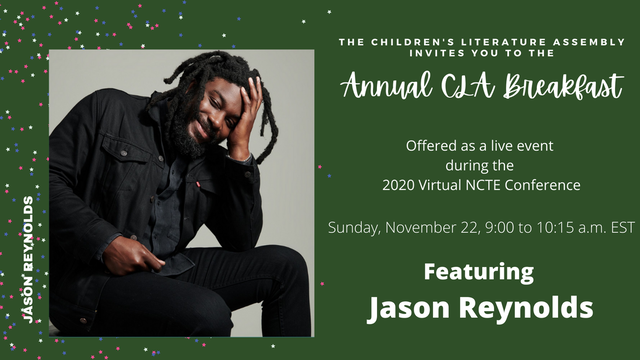
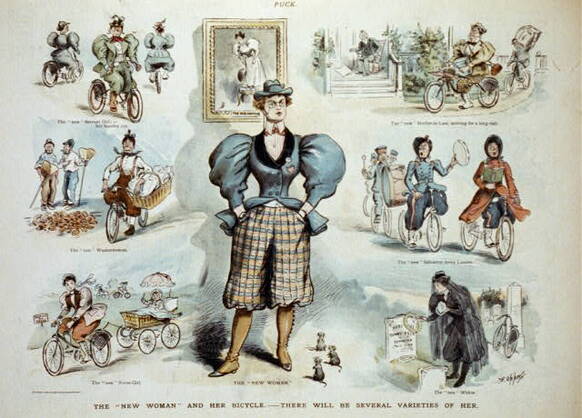
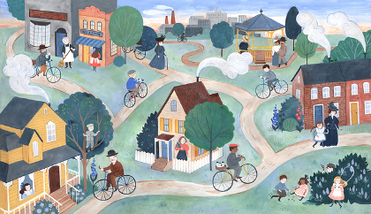
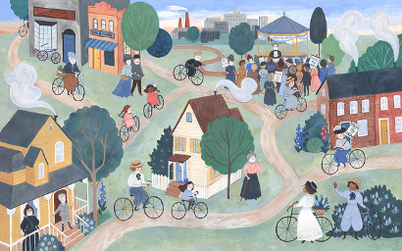
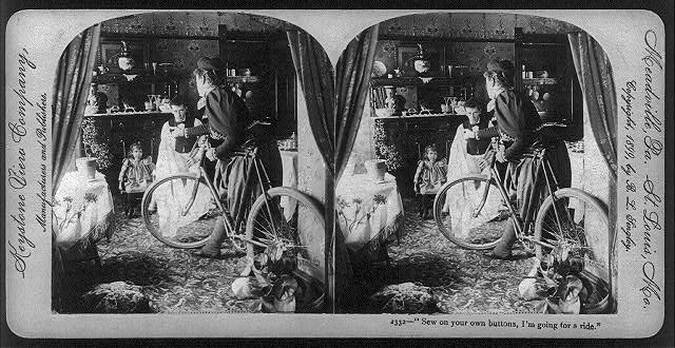
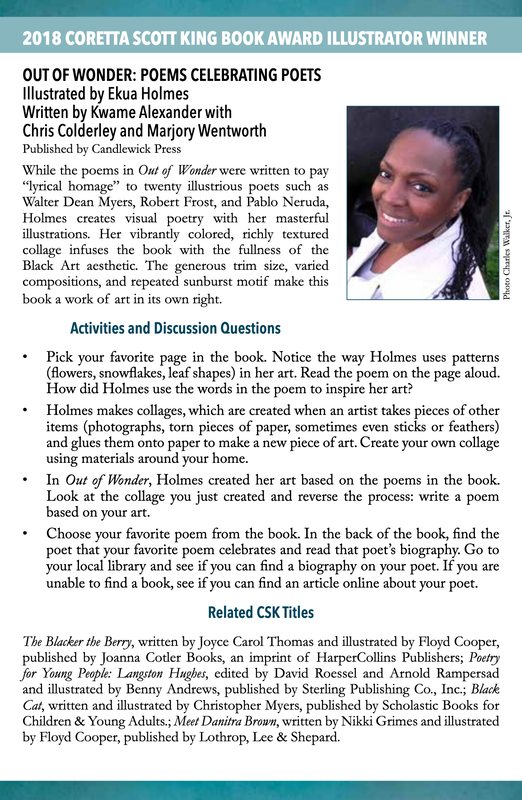
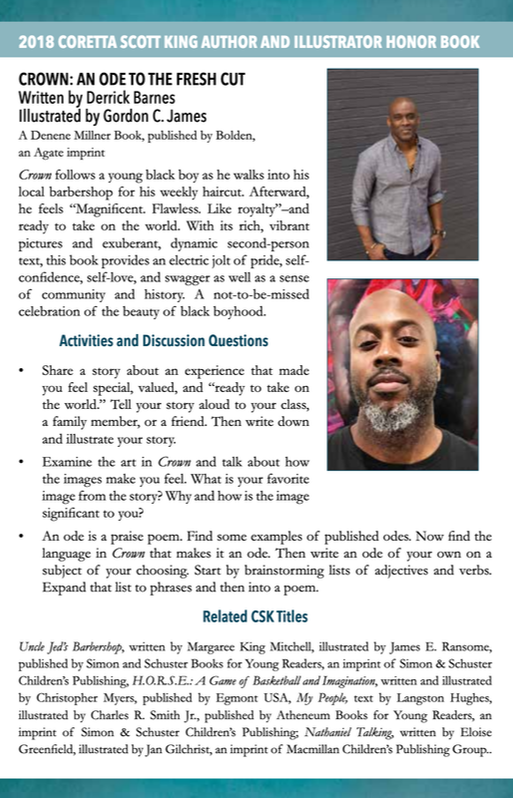
 RSS Feed
RSS Feed